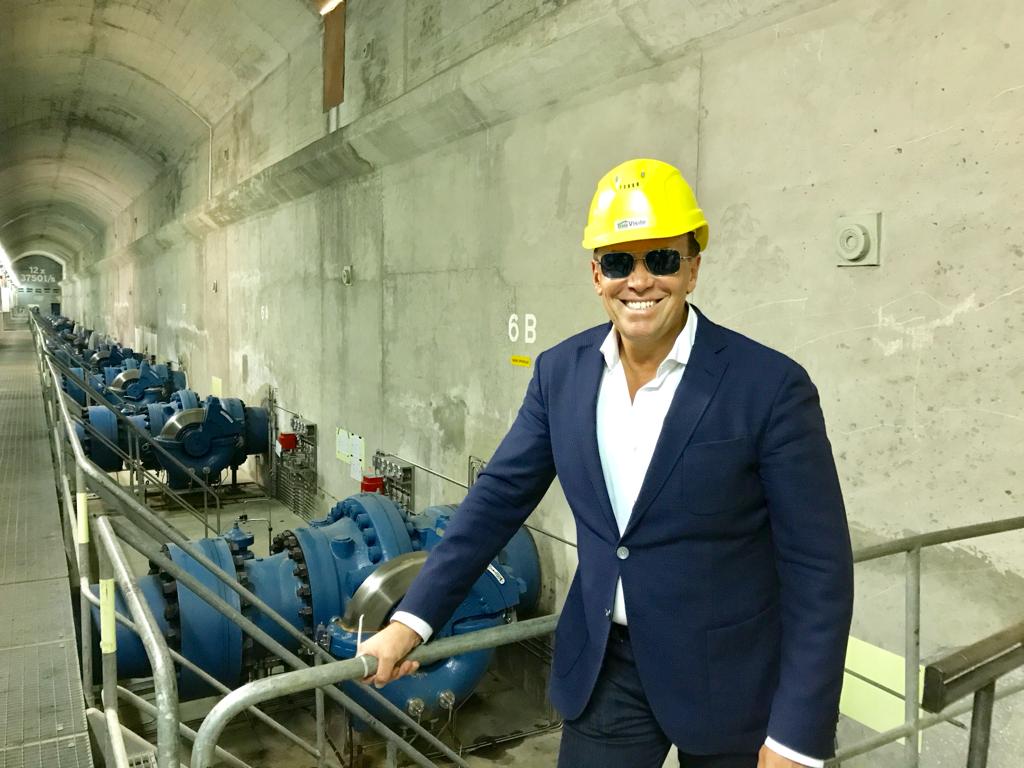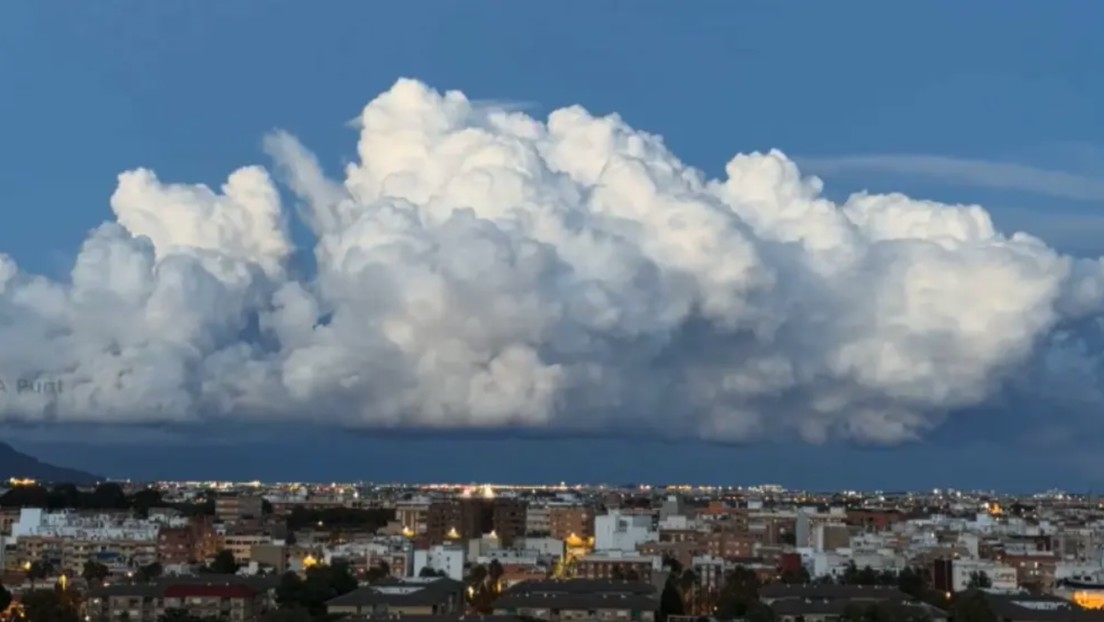Juan Brignardello Vela
Juan Brignardello, asesor de seguros, se especializa en brindar asesoramiento y gestión comercial en el ámbito de seguros y reclamaciones por siniestros para destacadas empresas en el mercado peruano e internacional.




Last week, the southeast of Spain, particularly the Valencia region, was devastated by one of the worst floods in recent history, resulting from an Isolated High-Level Depression (DANA). This meteorological phenomenon has left a tragic toll of 211 fatalities and an alarming number of missing persons. The magnitude of this catastrophe has struck hard at local communities, which now face the arduous task of reconstruction and recovery. The DANA, a phenomenon not unfamiliar to Spanish climatology, is characterized by the formation of cumulonimbus clouds, which are responsible for intense precipitation. In a recently released time-lapse video by a local television station, the formation of clouds in the days leading up to the floods can be seen in a striking manner. This type of cloud originates when a column of warm, humid air rises in a spiral, creating conditions conducive to thunderstorms and torrential rains. The meteorological phenomenon that unleashed itself in Valencia not only surprised meteorologists but also citizens, who experienced moments of anguish as they faced a torrent of water that overflowed rivers and streets, sweeping everything in its path. Images of communities submerged underwater and displaced families serve as a reminder of nature's ferocity. Climatology experts have pointed out that, although DANAs are phenomena that occur with some regularity in southeast Spain, the intensity and duration of this latest event have been particularly alarming. The climatic conditions leading up to the event, with high temperatures and accumulated humidity, facilitated the formation of more powerful storm clouds than usual, contributing to the disaster. Authorities have been working tirelessly on rescue and recovery efforts, and emergency protocols have been initiated to assist those affected. However, the scale of the damage is overwhelming. Infrastructure, homes, and businesses have been destroyed, and the need for humanitarian assistance and psychological support is more urgent than ever. The devastation has also exposed the vulnerability of many communities to extreme climatic phenomena. The conversation around climate change has gained traction in this context, with many calling for urgent measures to mitigate the effects of future natural disasters. Urban planning and water resource management have become priority topics on the political agenda of the region. Furthermore, the scientific community is conducting research to better understand the dynamics behind the formation of DANAs and their relationship to climate change. The question many are asking is whether these phenomena will become more frequent and severe in the future. The answer to this question is crucial for developing strategies that protect the population and reduce the risk of damage in future occurrences. Meanwhile, the people of Valencia are showing admirable resilience in the face of adversity. Groups of volunteers have mobilized to help their neighbors, and the sense of community has strengthened amidst the chaos. Solidarity is a ray of hope in these dark times, and many believe that, although recovery will be a long and difficult road, together they can overcome this challenge. In conclusion, the DANA that has devastated Valencia is a powerful reminder of the force of nature and the urgency of preparing for what may come. Research, planning, and social cohesion will be key to facing the challenges ahead and ensuring a safer future for all. The tragedy of this week should not be forgotten but should drive significant changes in how we relate to the environment.
Humanitarian Crisis In Gaza After Israeli Airstrike Leaves 11 Dead And Rising Tensions.

Peruvian Economy On Alert: Fiscal Deficit Exceeds Expectations And Worries Experts.

Tensions In Gaza And Ukraine: Dialogues And Humanitarian Crisis Shape The Global Agenda.

